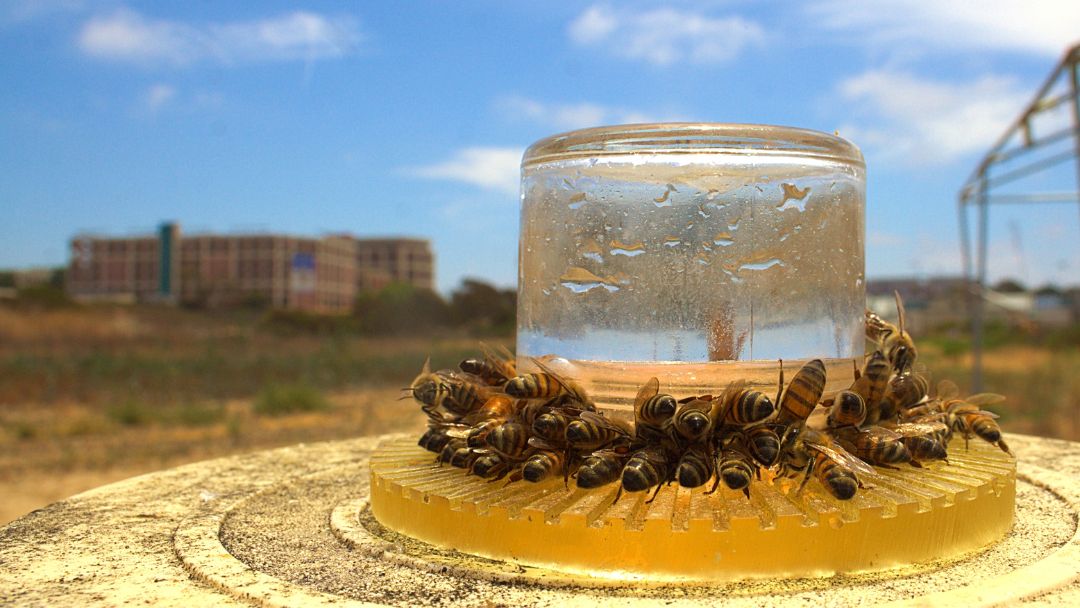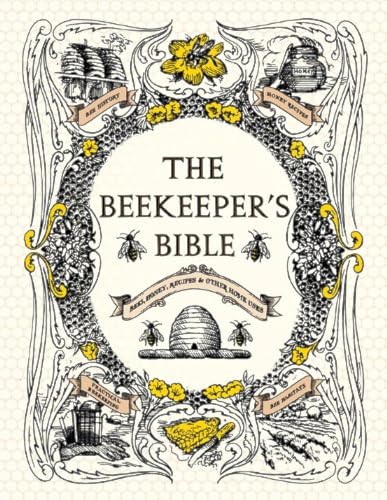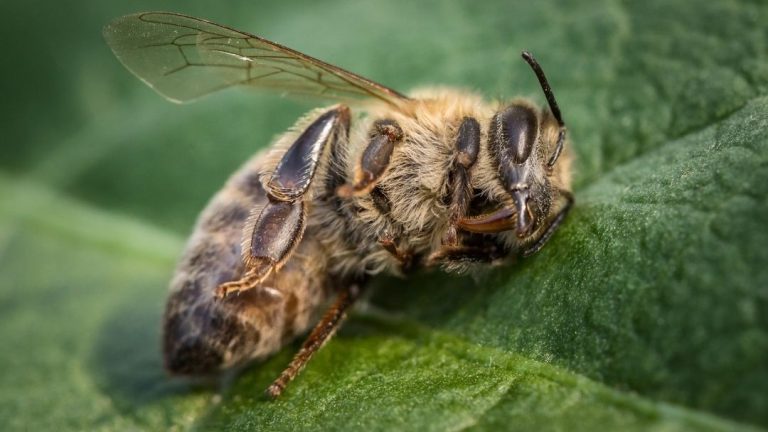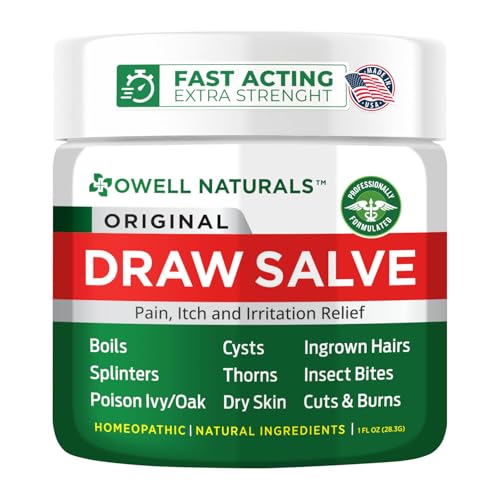How to Create a DIY Bee Feeder: Simple Steps for Happy Bees
To make a homemade bee feeder, you will need a clean container with a lid, small holes for entry, and a sugar water solution as a food source. Homemade bee feeders provide nourishment and help support the bee population, essential for pollination and honey production.
By following a few simple steps, you can create a bee-friendly environment in your own backyard while ensuring the well-being and survival of these vital insects.
We will guide you through the process of making a homemade bee feeder, offering tips and insights to help you attract and support bees in your garden or outdoor space.
Let’s get started!
Why Bee Feeders Are Important
Providing supplemental food for bees is crucial for their survival, especially in times when the availability of natural nectar and pollen sources may be limited.
Bee feeders play a vital role in supporting the health and well-being of bee colonies. These feeders provide a consistent and reliable source of nutrition, helping the bees to maintain their energy levels and strengthen their immune systems.
Importance Of Providing Supplemental Food For Bees
- Supporting bee populations: Bees are essential pollinators, playing a key role in the reproduction of plants and the production of many of the fruits and vegetables we consume. By providing supplemental food, we are ensuring that the bees have access to the resources they need to thrive and continue their vital work.
- Preventing colony collapse: Bee colonies are at risk of collapsing due to various factors, including habitat loss, pesticide exposure, and climate change. Supplemental food can help mitigate these risks by providing a constant source of nutrition that may be lacking in their natural surroundings.
- Promoting bee health: A healthy diet is essential for the overall health and longevity of bees. By providing a diverse and nutritious food source, we can help strengthen their immune systems, making them more resilient to diseases and pests.
The Benefits Of Having A Diy Bee Feeder
- Cost-effective solution: Creating your own bee feeder can be a budget-friendly alternative to purchasing pre-made feeders. With just a few simple materials and some creativity, you can design a feeder that meets the specific needs of your bees.
- Customizable design: DIY bee feeders allow you to tailor the design to suit your preferences and the needs of your bees. Whether you want a small-scale feeder for your backyard garden or a larger one for a larger beekeeping operation, you have the freedom to customize the design accordingly.
- Enhanced connection with nature: Building a bee feeder with your own hands is a rewarding experience that deepens your connection with nature. It allows you to observe and interact with the bees, fostering a greater appreciation for these incredible creatures and their important role in our ecosystem.
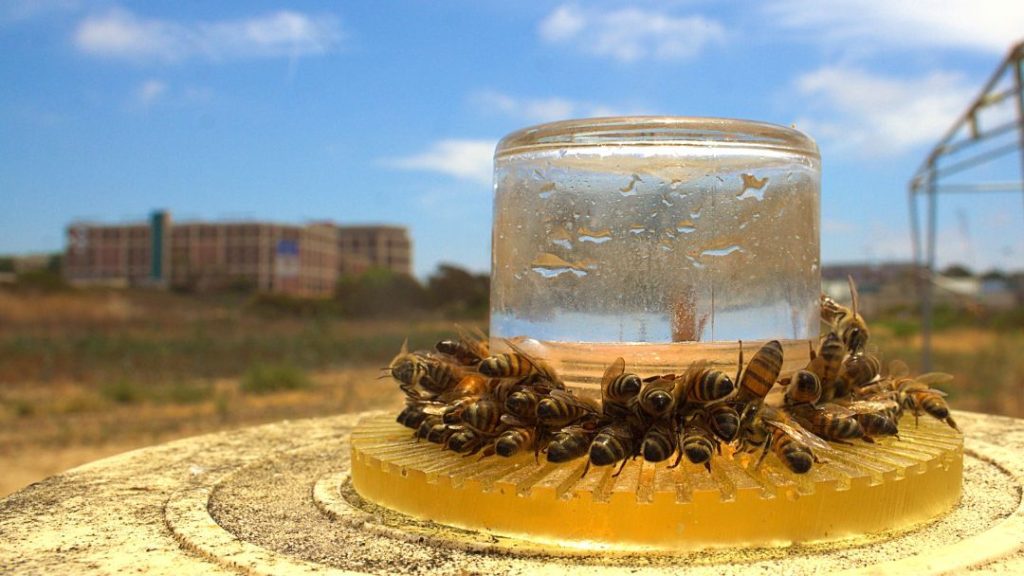
Step 1: Choosing The Right Location
When it comes to setting up a homemade bee feeder, selecting the ideal location is crucial. Bees are sensitive creatures, and their feeding habits can be influenced by various factors in their surroundings.
Therefore, it is important to consider a few key points before determining where to place your bee feeder.
Considerations For Selecting The Ideal Spot For Your Bee Feeder
The following factors should be taken into account while choosing the location for your homemade bee feeder:
- Sunlight: Bees prefer warm and sunny spots, so it is best to place your feeder in an area that receives ample sunlight throughout the day.
- Protection from wind: Strong winds can make it difficult for bees to access the feeder and might cause spillage. Try to find a sheltered spot to minimize the impact of wind.
- Proximity to natural food sources: Bees are naturally attracted to flowers and other sources of nectar. Placing your feeder closer to these natural food sources can increase the likelihood of attracting bees to your homemade bee feeder.
- Accessibility: Ensure that the location you choose is easily accessible for you to maintain and refill the bee feeder, while also considering the safety and convenience of the bees.
- Water availability: Bees need water not only for drinking but also for diluting honey and building their hives. If possible, select a location that offers a nearby source of water for the bees.
Factors That Can Attract Or Repel Bees In A Particular Location
Several factors can either attract or repel bees in a specific location. Here are some important factors to consider:
| Factors | Attracts Bees | Repels Bees |
|---|---|---|
| Sweet-smelling flowers | ✓ | |
| Fruit trees | ✓ | |
| Herbs like lavender and mint | ✓ | |
| Standing water | ✓ | |
| Strong odors | ✓ | |
| Chemical pesticides | ✓ | |
| High traffic areas | ✓ |
As you can see from the table above, bees have a natural inclination towards sweet-smelling flowers, fruit trees, herbs like lavender and mint, and standing water. On the other hand, strong odors, chemical pesticides, and high-traffic areas tend to repel bees.
By carefully considering these factors and selecting an optimal location, you can create an attractive environment for bees to feed from your homemade bee feeder. So, let’s hop to the next step and start making a bee feeder that will entice these amazing creatures!
Step 2: Gathering The Necessary Materials
Now that you have a clear understanding of how to make a homemade bee feeder and the benefits it offers to your local pollinators, it’s time to gather the necessary materials.
Paying attention to the materials you use is crucial not only for the functionality of the feeder but also for maintaining a sustainable and eco-friendly approach.
In this step, we will discuss the essential materials needed for building a DIY bee feeder and provide you with tips on sourcing sustainable and eco-friendly materials.
Essential Materials Needed For Building A Diy Bee Feeder
To create a homemade bee feeder, you will need a few basic materials. Here is a list of the essential items:
| Materials | Description |
|---|---|
| Glass jar or plastic container | White granulated sugar will be dissolved in water to create the nectar solution. |
| Screw-on lid with holes | A lid with small holes to allow the bees to access the nectar while preventing drowning. |
| Sugar | Pure water will be mixed with sugar to make the nectar. |
| Water | Pure water that will be mixed with sugar to make the nectar. |
| Cotton wick or sponge | A material that can absorb the nectar and provide easy access for the bees. |
Tips For Sourcing Sustainable And Eco-friendly Materials
- Consider repurposing or upcycling: Instead of purchasing new materials, try to repurpose items you already have at home. This reduces waste and gives new life to unused objects.
- Opt for non-toxic materials: Avoid using materials that may be harmful to the bees or the environment. Look for BPA-free plastics or glass containers, ensuring they are food-grade safe.
- Choose sustainable alternatives: If possible, choose materials made from renewable resources. For example, you can use jars made from recycled glass or containers made from plant-based plastics.
- Support local suppliers: When sourcing materials, consider buying from local suppliers who prioritize sustainable practices. This reduces transportation emissions and supports your local economy.
- Check for certifications: Look for certifications such as Forest Stewardship Council (FSC) for wood or Fair Trade for other materials. These certifications ensure that the materials are sourced responsibly and ethically.
By considering these tips, you can build a homemade bee feeder that not only provides nourishment for the bees but also contributes to a more sustainable and eco-friendly environment.
Let’s move on to the next step and start assembling our DIY bee feeder!
Step 3: Constructing The Bee Feeder
In this step, we will guide you through the process of constructing a simple and effective bee feeder.
By following these step-by-step instructions, you will be able to create a homemade bee feeder that will provide nourishment for your bees and help them thrive in your garden.
Step-by-step Instructions On Building A Simple Bee Feeder
Step 1: Start by gathering all the necessary materials for constructing your bee feeder. You will need:
- A plastic or glass container with a tight-fitting lid
- A plastic or metal feeder base
- A beekeeping entrance feeder cap
- A hot glue gun or waterproof sealant
- A small drill or sharp knife
- Sugar water solution (prepared by mixing one part sugar with four parts water)
Step 2: Ensure that the plastic or glass container you have chosen is clean and free of any residue or chemical contaminants. This is important to maintain the health of your bees.
It is crucial to use a container with a lid that has small holes or slits to allow the bees to access the sugar water. This will prevent drowning and keep other insects out.
Step 3: Using a small drill or a sharp knife, carefully create holes or slits in the lid of the container. These holes should be just big enough for the bees to access the sugar water easily.
Make sure to place the holes away from the edges of the lid to prevent leakage. The size and number of holes can vary depending on the size of your bee colony.
Step 4: Attach the plastic or metal feeder base to the bottom of the container using a hot glue gun or waterproof sealant. This will secure the feeder and prevent any leaks.
Ensure that the feeder base is securely attached and completely sealed. Any gaps or leaks may cause a loss of sugar water and prevent bees from accessing the nourishment.
Safety Precautions To Keep In Mind During The Construction Process
- When drilling or cutting holes in the container lid, take utmost care to prevent any accidents. Ensure proper hand placement and use protective equipment like gloves and safety goggles.
- If using a hot glue gun, be cautious of the hot glue and handle it carefully to avoid any burns. Keep the hot glue gun away from children or pets.
- When using waterproof sealant, follow the manufacturer’s instructions and work in a well-ventilated area to minimize exposure to fumes.
By being mindful of these safety precautions, you can complete the construction of your bee feeder safely and minimize any risks.
Step 4: Filling The Bee Feeder With Nectar
Filling the bee feeder with the right nectar solution is a crucial step in ensuring the health and happiness of your bees. Bees rely heavily on nectar as their primary source of nutrition, providing them with the energy they need to forage, build and maintain their hives.
By following this recipe for creating a homemade bee nectar solution and implementing the tips below, you can ensure that your bee feeder is filled with the perfect nectar consistency.
Recipe For Creating A Homemade Bee Nectar Solution
Creating the right nectar solution for your bees is a simple process that involves only a few ingredients. To make your homemade bee nectar solution, follow this recipe:
| Ingredients | Amount |
|---|---|
| White granulated sugar | 1 cup |
| Water | 4 cups |
To create the nectar solution, start by bringing the 4 cups of water to a boil. Once boiling, add the 1 cup of sugar, stirring until fully dissolved. Allow the solution to cool before filling your bee feeder.
Tips On Filling The Feeder And Maintaining The Right Nectar Consistency
When it comes to filling your bee feeder with the nectar solution, there are a few tips to keep in mind:
- Make sure the feeder is clean before adding the nectar solution. Any residual mold or dirt can contaminate the solution and harm the bees.
- Fill the feeder only halfway to prevent overflow and minimize the risk of drowning for the bees.
- Check the feeder regularly and clean and refill as necessary. Nectar can spoil and ferment quickly, especially in warmer weather.
- Monitor the nectar consistency and adjust as needed. The nectar solution should have a similar consistency to natural flower nectar, thin enough for the bees to easily consume but not watery.
By following these tips, you can ensure that your bee feeder remains filled with a fresh and appropriate nectar solution, providing your bees with the nutrition they need to thrive.
Step 5: Placement And Maintenance
Once you have built your homemade bee feeder, it is essential to focus on the placement and maintenance to ensure the health and happiness of your bees.
The right positioning and regular cleaning will help attract bees to your garden or yard and provide them with a safe and reliable food source.
In this step, we will discuss the best practices for positioning the bee feeder in your garden or yard and the necessary maintenance and cleaning tasks.
Best Practices For Positioning The Bee Feeder In Your Garden Or Yard
Proper placement of your homemade bee feeder is crucial to attract bees and ensure they can access the food without any difficulties. Here are some best practices to consider:
- Place the feeder in an area that receives adequate sunlight. Bees are more likely to visit feeders that are exposed to the sun, as it helps maintain the temperature and protects the nectar solution from fermenting.
- Ensure the feeder is located in a quiet and undisturbed area. Bees prefer to feed in a calm environment, away from high foot traffic or noisy activities.
- Position the feeder near flowers or plants that attract bees. This will increase the chances of bees discovering the feeder and returning to it regularly.
- Keep the feeder away from potential dangers or obstacles such as birdhouses, bird baths, or areas where predators may lurk. Creating a safe and accessible feeding environment is vital for the well-being of the bees.
- Consider installing the feeder at a height that allows easy access for bees. Placing it at eye level or slightly higher can be a suitable option.
Regular Maintenance And Cleaning To Ensure The Health And Happiness Of Bees
Regular maintenance and cleaning of your homemade bee feeder are essential to keep it hygienic and prevent the spread of diseases.
Follow these guidelines to maintain a healthy environment for your bees:
- Regularly clean the feeder: Clean the feeder at least once a week to remove any mold, bacteria, or debris that may have accumulated. Use a mild soap solution or vinegar to scrub the feeder, and rinse it thoroughly with clean water. This will prevent the growth of harmful organisms and ensure the nectar solution stays fresh.
- Monitor the nectar solution: Check the nectar solution regularly to ensure it is not spoiled or contaminated. If the solution appears discolored, cloudy or has a foul smell, it is advisable to replace it immediately. Bees rely on high-quality food sources, so maintaining a fresh and clean nectar solution is crucial.
- Inspect the feeder for damage: Periodically inspect the feeder for any cracks, leaks, or signs of wear. If you notice any damage, repair or replace the feeder as necessary to ensure it remains functional for the bees.
- Monitor bee activity: Observe the activity around the feeder to ensure bees are accessing the food source without any difficulties. If you notice a decline in bee activity, it may indicate a problem with the feeder or the food source. Address any issues promptly to maintain a thriving bee community.
By following these placement and maintenance best practices, you can create an inviting and healthy environment for bees in your garden or yard.
Remember, the well-being of bees is crucial for the pollination of plants and the overall biodiversity of our ecosystem.
Conclusion
Making a homemade bee feeder is a simple and effective way to help support the well-being of these essential pollinators. By providing them with a reliable source of food, you can contribute to the preservation of their population and the health of our environment.
Remember to choose the right materials and follow the instructions to create a safe and successful bee feeder. Start attracting and nourishing bees today, and take pride in your contribution to their conservation efforts.

